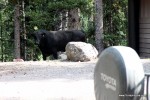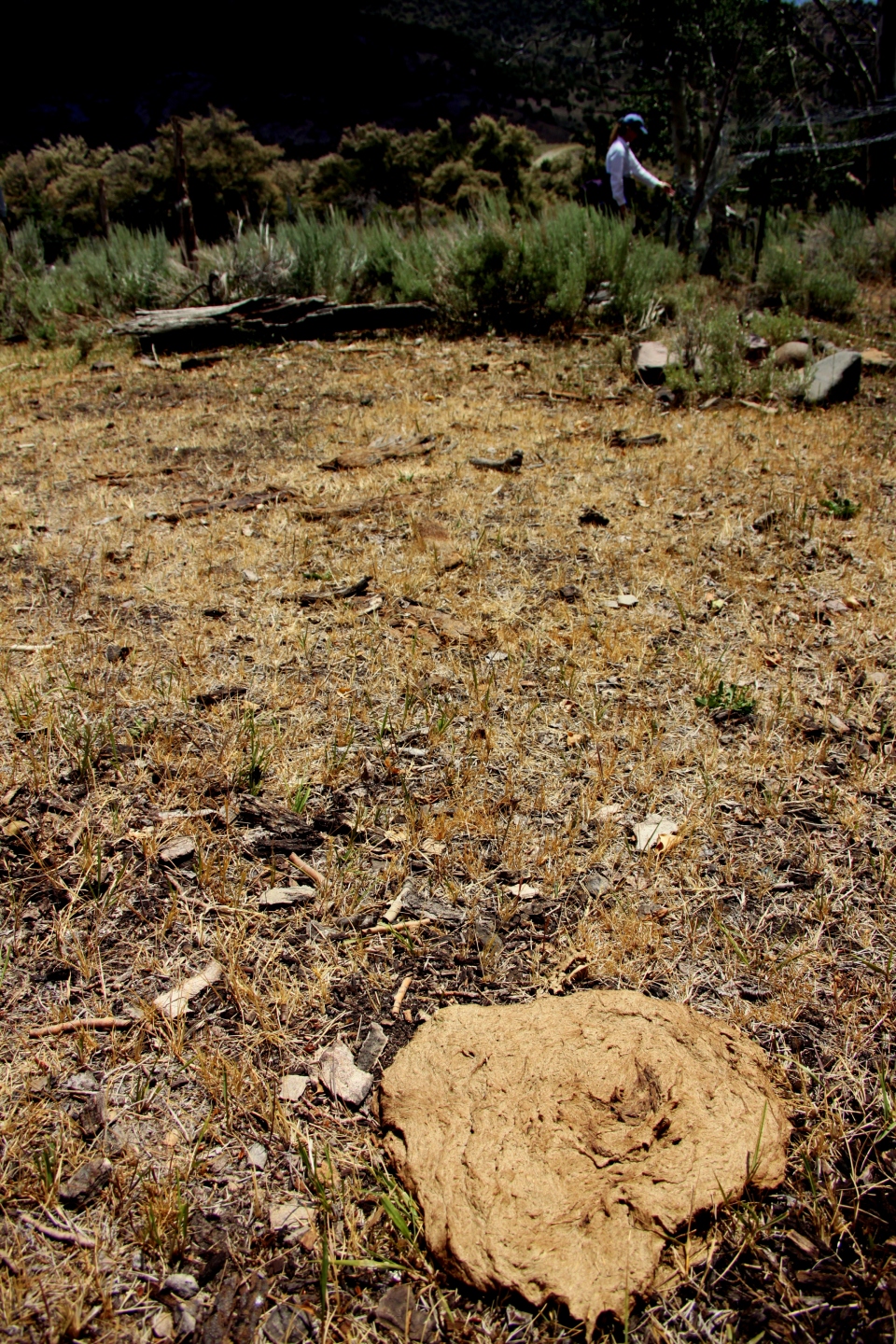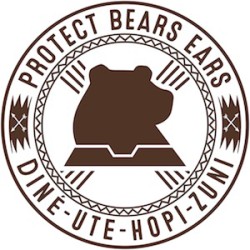
Bull in the china closet
My wife and I are both sixth generation Utahns. We own homes in both Salt Lake and Wayne counties. We were married in the Capitol Reef National Park outdoor amphitheater in 2010. Together we cherish the natural landscape of Utah, our pretty, great state. Except for one thing. We have become sensitized to the damage done by livestock grazing on public lands. Our pioneer ancestors worked hard to survive in the arid country they were charged with settling, and we admire the determination and pluck it required. But public lands ranching doesn’t make sense anymore, and the more we learn about what our forests could be, the more we see the degradation–and absence–of plant communities and wildlife habitat. There is hardly anywhere we can go outside of the wilderness areas of the Wasatch where we don’t see it. This bothers us so much we started a publishing company in part to shed more light on public land mismanagement. We also volunteered with Mary O’Brien and the Grand Canyon Trust to do grazing damage assessment and now serve on the board of directors of Wild Utah Project with Allison Jones.
I borrowed the elephant part of the title to this blog piece from our neighbor in Torrey, Chip Ward, from something he said in a recent Tom’s Dispatch post about beaver habitat destruction by ranchers. Kirsten and I feel that if there is one simple, single thing that would most improve the natural landscape of Utah it would be the cessation of public land livestock grazing. It is everywhere yet its economic benefits are miniscule and for only a very few. Currently, 97% of the Dixie, Fishlake, and Manti-La Sal National Forests in southern Utah are actively grazed by livestock. But only one percent of Utah’s gross domestic product, or economic output, is agriculture, and only a small sliver of that is from public land grazing. Yet that one percent of economic production uses 82 percent of Utah’s water and almost all of the public land. Predators such as wolves, key to ecologic balance, have been eliminated. Others like coyotes, and now even crows, are hunted down by the state. Beavers have been virtually outlawed in Garfield County, just south of Wayne. Aspen, willow, and cottonwood growth have been stunted by livestock browsing. The problem is conceptually easy to fix, but it goes largely ignored. When it isn’t ignored, reform is blocked by tiny but powerful special interest groups. In the West, the iconic cowboy and his cow remain mythical and sacred. Like the king with no clothes, the public land is exposed and much the worse for it.
Over the last four or five years we have gathered photos illustrating both the damage from livestock grazing and what the forests could be when protected from grazing. Clicking any of the photos in the gallery below will take you to a slide show where more detailed captions are available. Perhaps many of the pictures need no caption to tell the story. We often photograph “exclosures,” areas fenced off to keep livestock out in order to assess grazing impacts. Virtually all of the exclosures we find are routinely violated by the ranchers — which makes sense since it makes them look bad. Cows are also supposed to be herded away from riparian areas, but in all our forest travels we have only seen the one cowboy pictured below.
The Southern Utah Forest Service is instituting a grazing assessment and inviting comments (send emails to “grazingassessment@fs.fed.us”) and concerns. We hope they take this chance to begin to run the forests as other than a subsidized ranch.

Cowboys and Conservationists

Assessing the damage

A transect

Cowpie National Forest?

Violated exclosure

Mashed riparian

Trampled creeks

Violated exclosure and riparian area

Overgrazed willows

Carcass in creek

Cowburnt riparian

Intrepid volunteers

Kirsten and Mary O’Brien

Violated Exclosures

Bull in the china closet

Cows in campgrounds

Logged and grazed

What it could be

What it is

Browsed aspen

Pristine exclosure

Into the night
Like this:
Like Loading...




 Here in the West it is cowboys and Indians again. Or still. I believe the battle will soon turn against the cowboys.
Here in the West it is cowboys and Indians again. Or still. I believe the battle will soon turn against the cowboys.






































































